The photos below were taken during a training session
Castells –a
Catalonian word that means castles– are a cultural phenomenon
particular to Catalonia and consist of erecting human towers. This tradition originated at the end of the 18th century in Valls, Tarragona, when rival groups of people called colles, began to compete in constructing the different kinds of human towers that we recognise nowadays. There are three definite parts to a castle; the pinya or base the tronc or trunk and the pom de dalt or the crown of the castle. The pinya is the horizontal base of the construction on which
all the accumulated weight rests and is used to stabilise and strengthen
the erected structure, This vertical structure is the trunk and consists of a certain
number of people on each store, varying from 1 to 9 people At the very top of the castle are the canalla (which means youngsters),
and they make up the pom de dalt, the crown of the castle, |
|
 |
-450.jpg) |
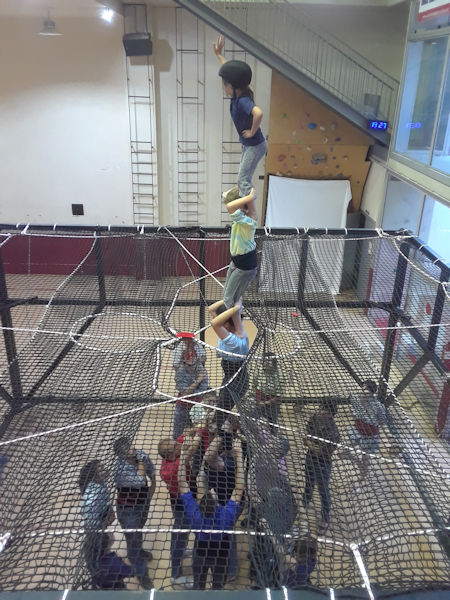 |
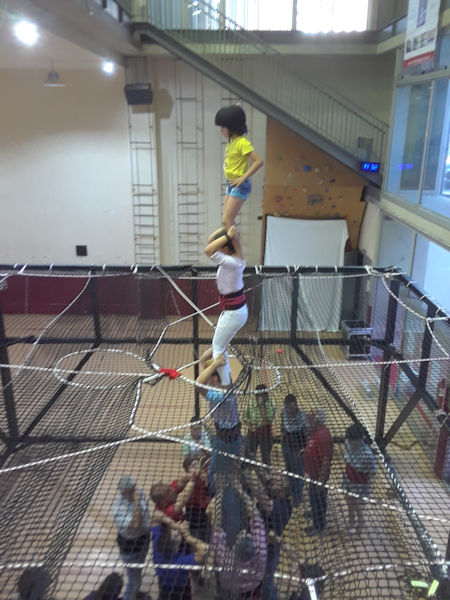 |
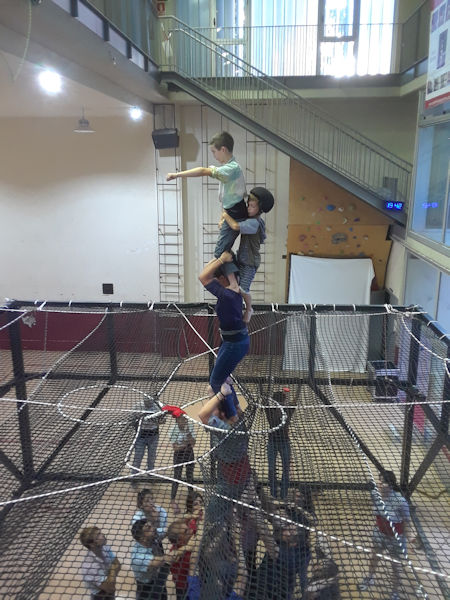 |
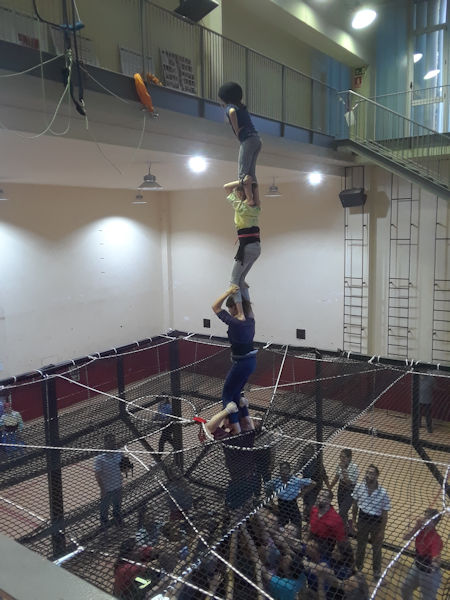 |
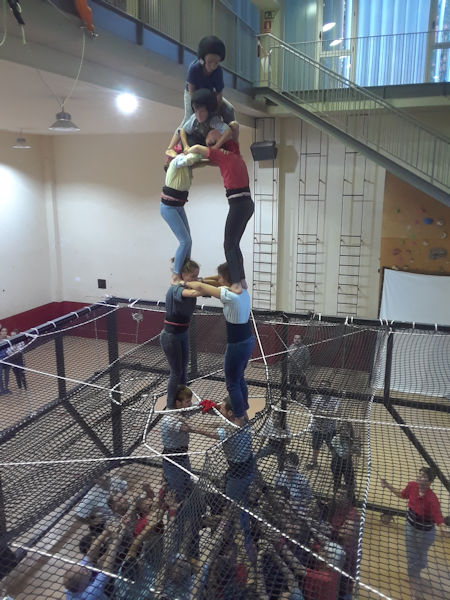 |
 |
 |
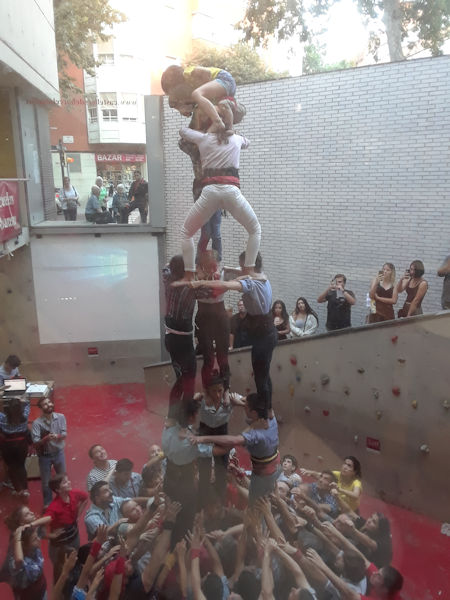 |
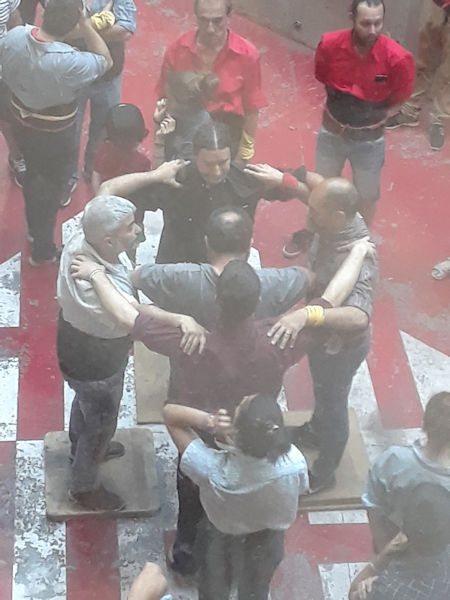 |
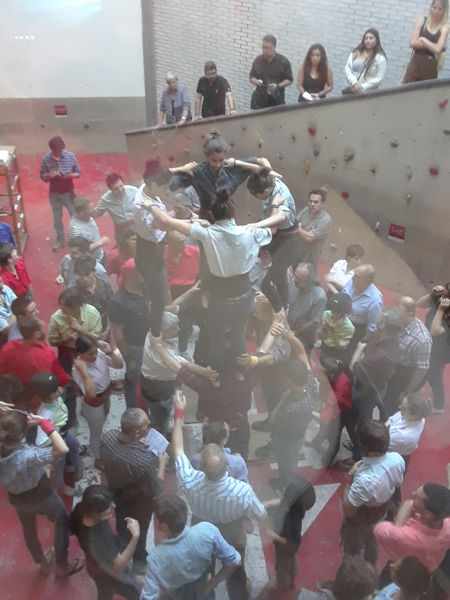 |
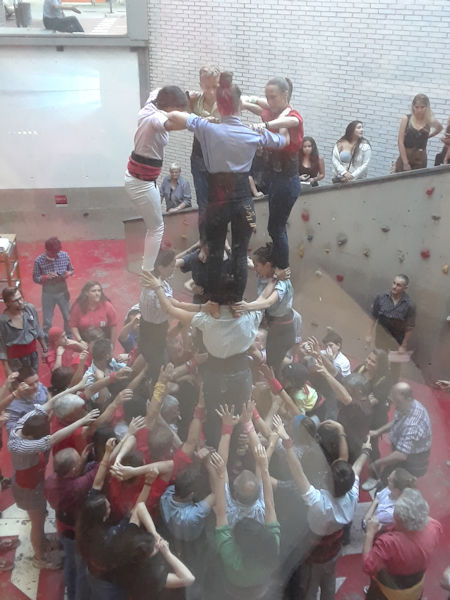 |
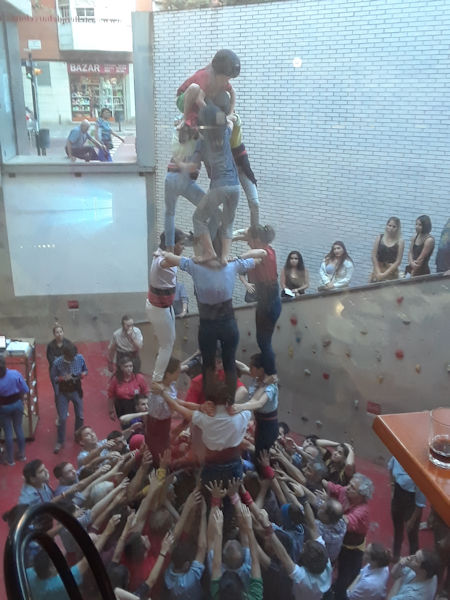 |
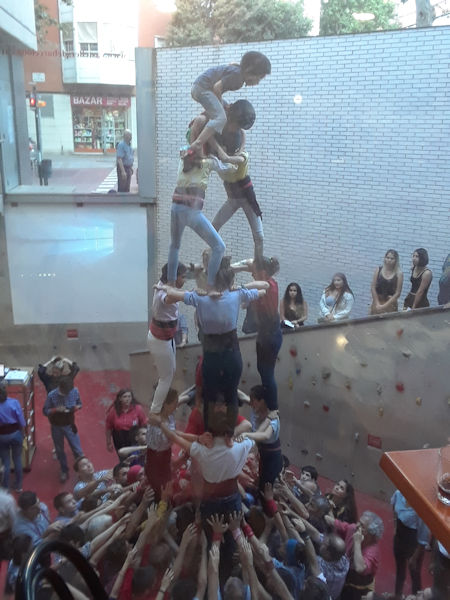 |
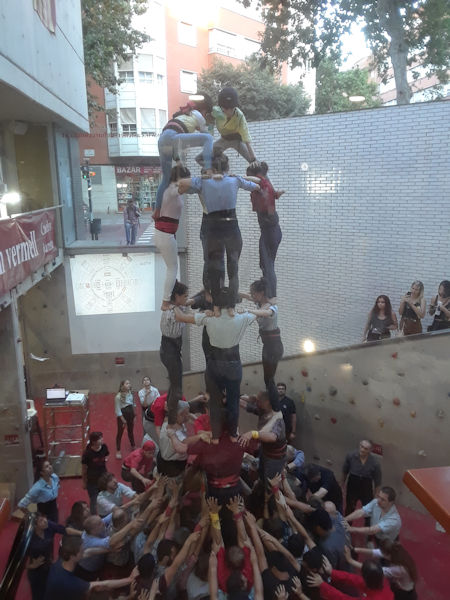 |
 |
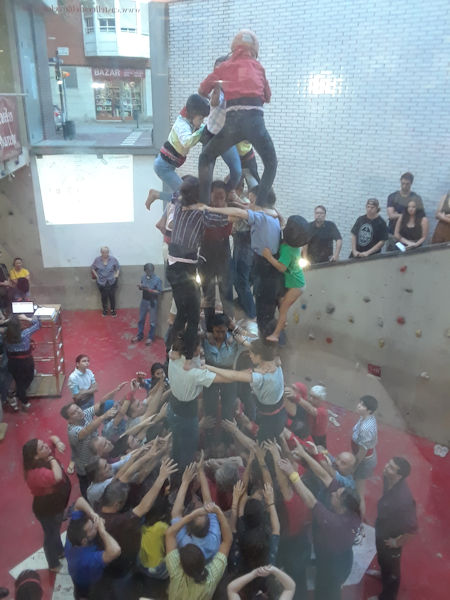 |
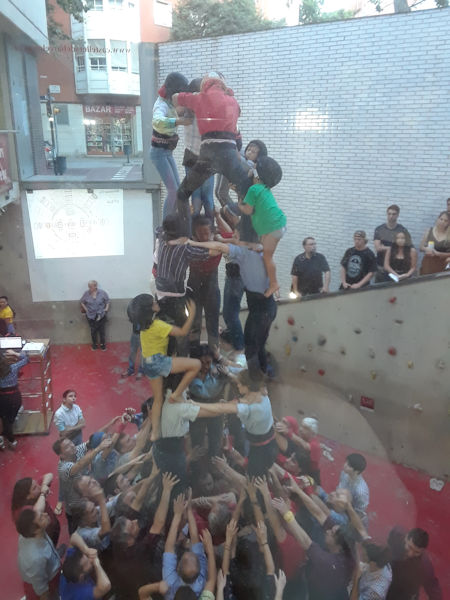 |
 |
 |
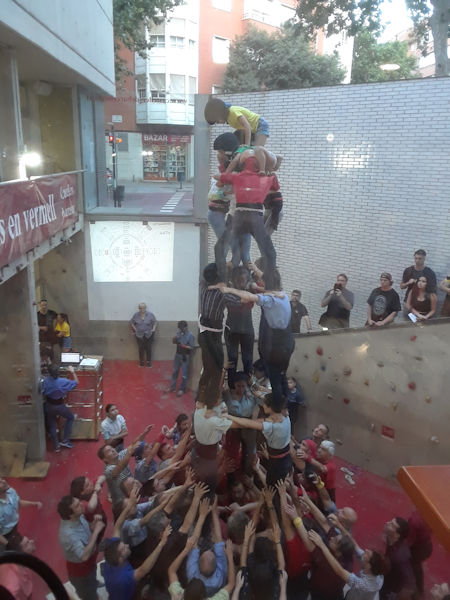 |
 |
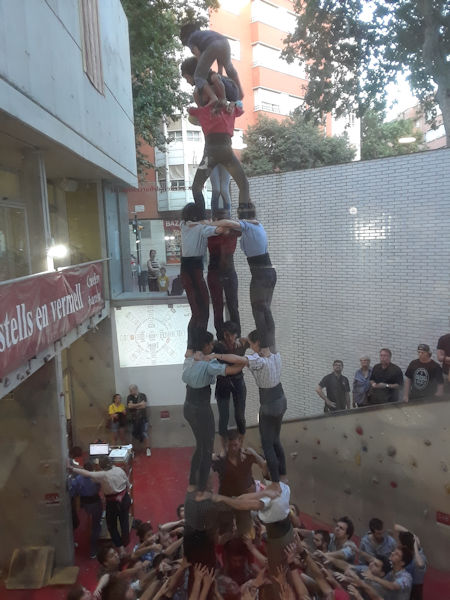 |
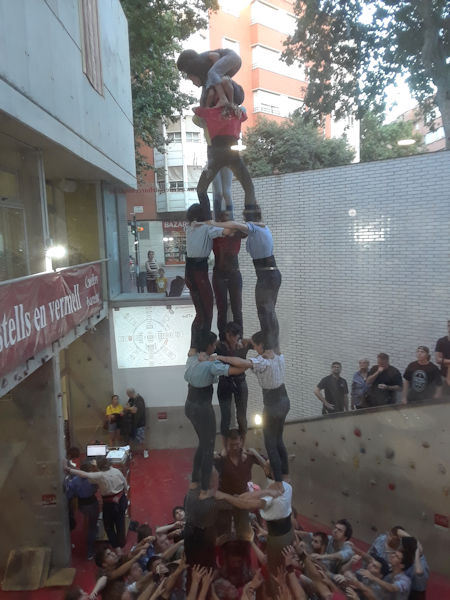 |
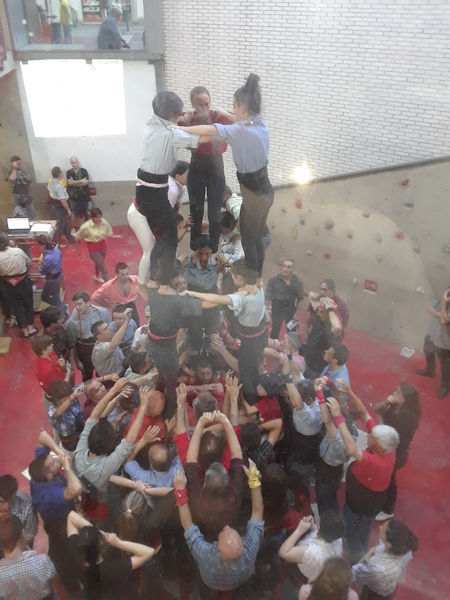 |
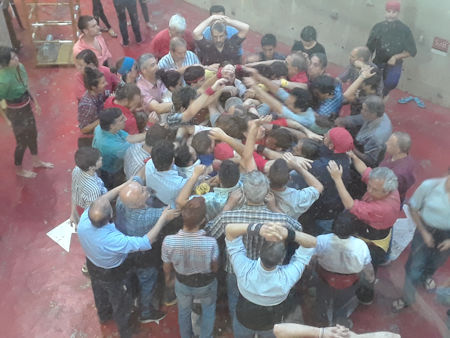 |
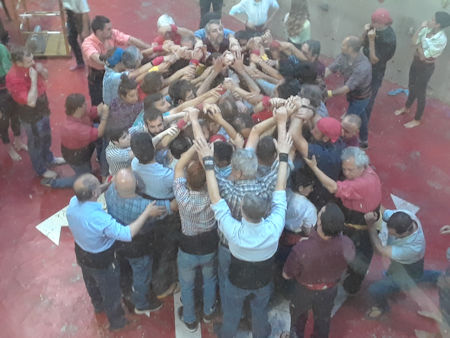 |
 |
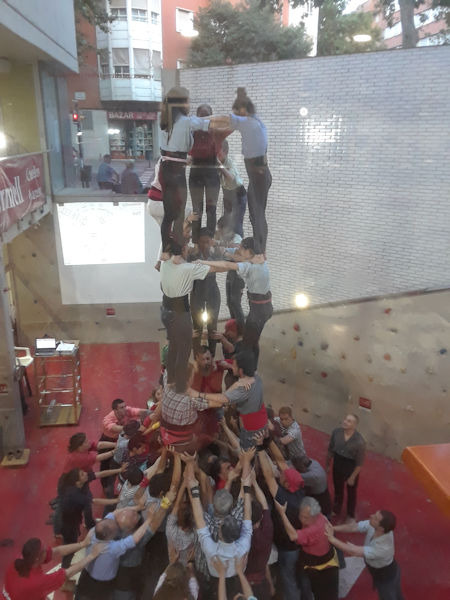 |
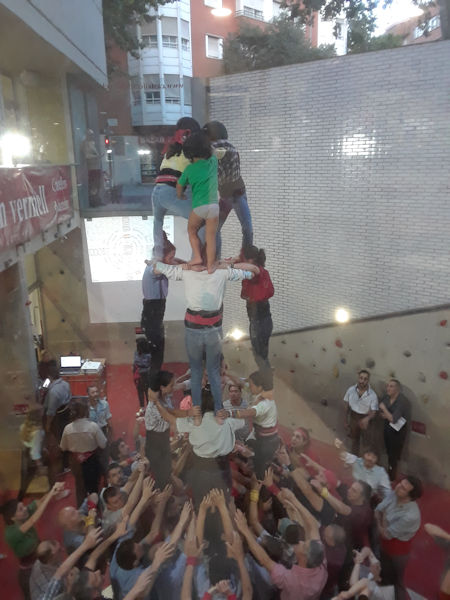 |
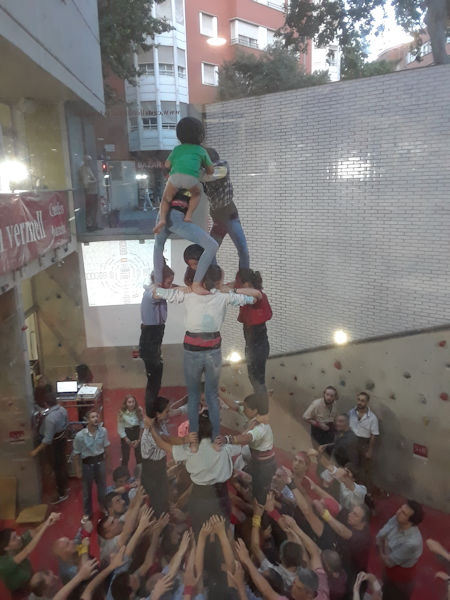 |
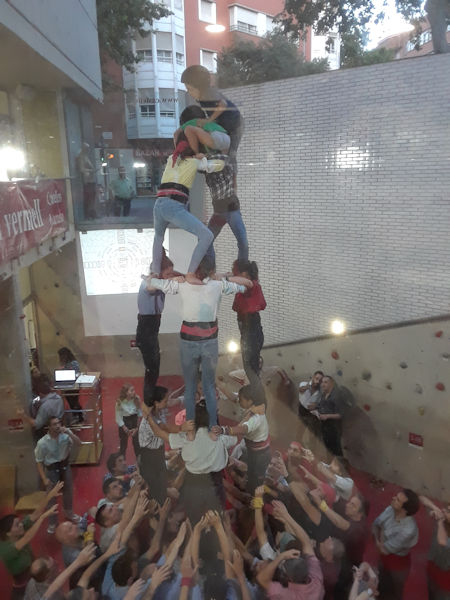 |
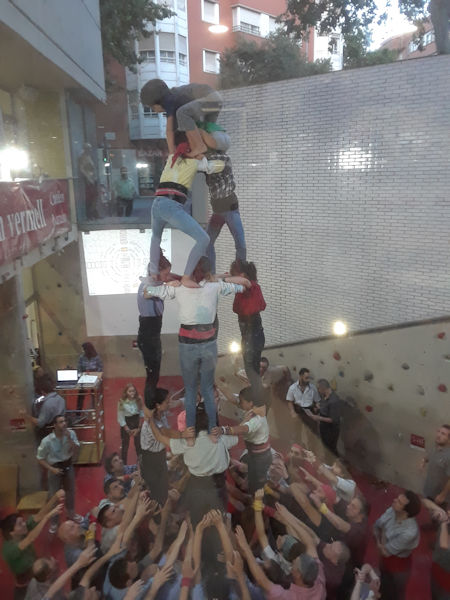 |
The
youngest casteller, seen climbing to the top in his underwear,
is FIVE YEARS OLD! |
|
